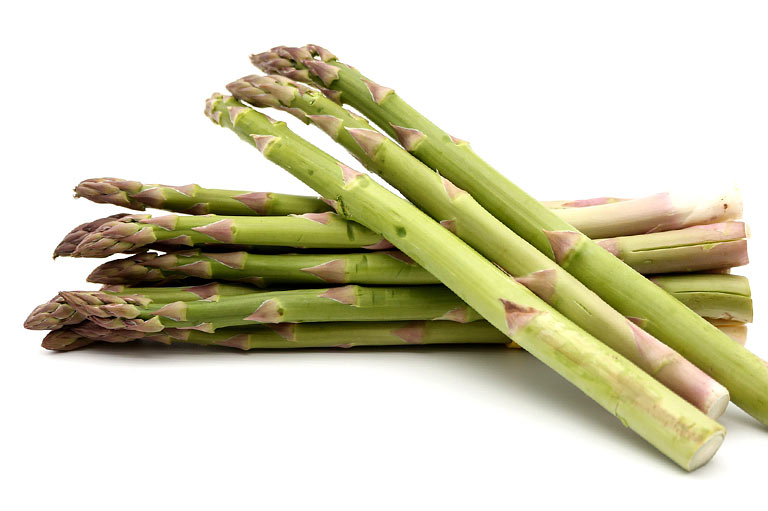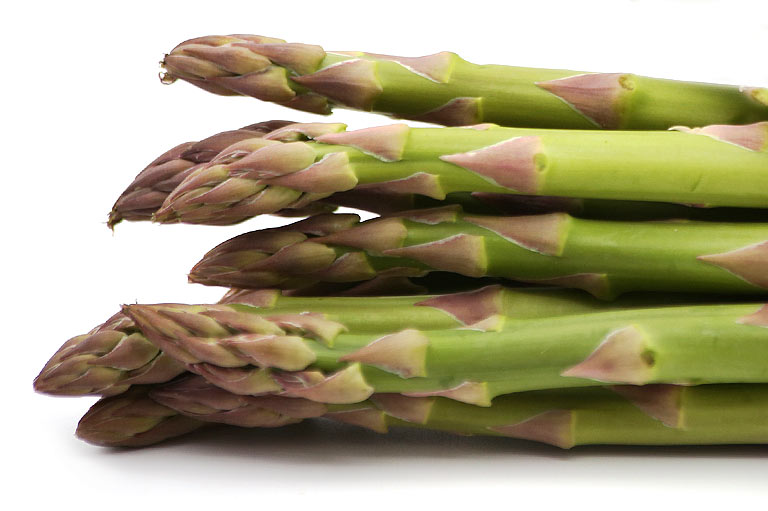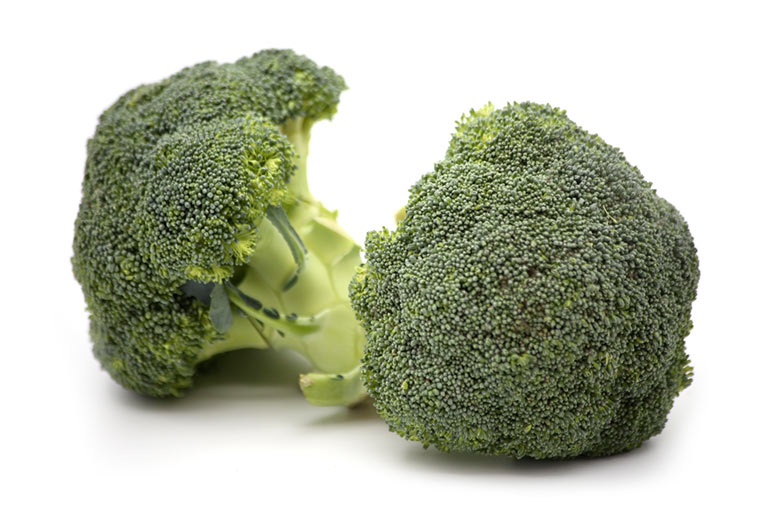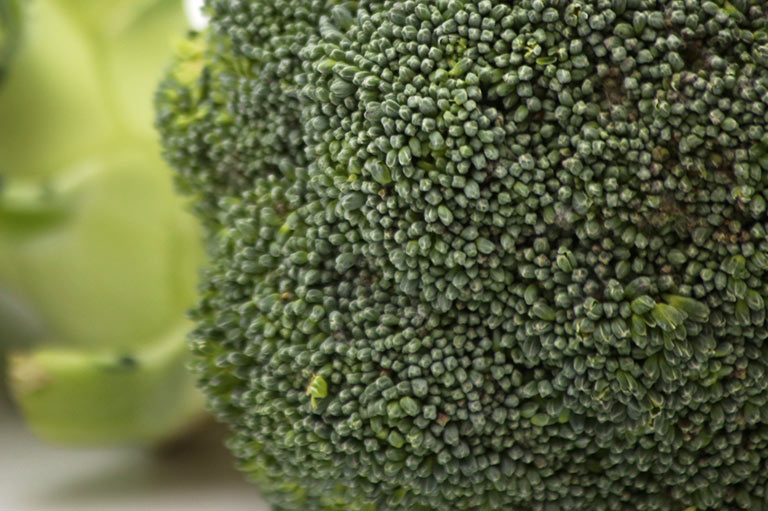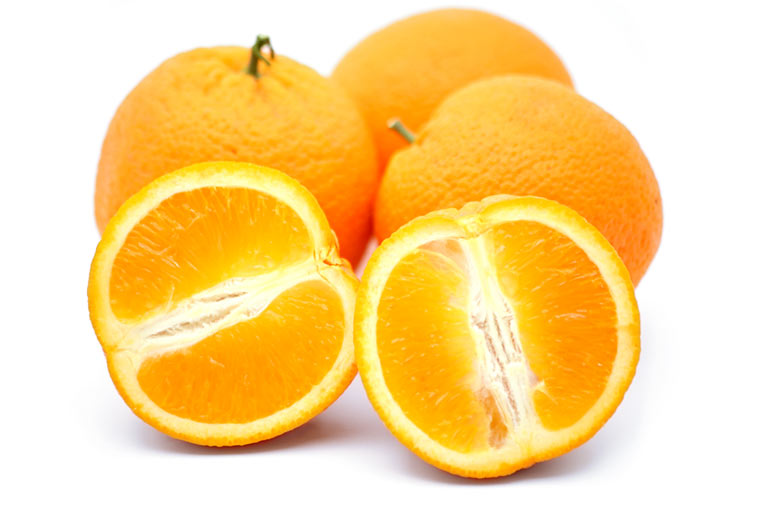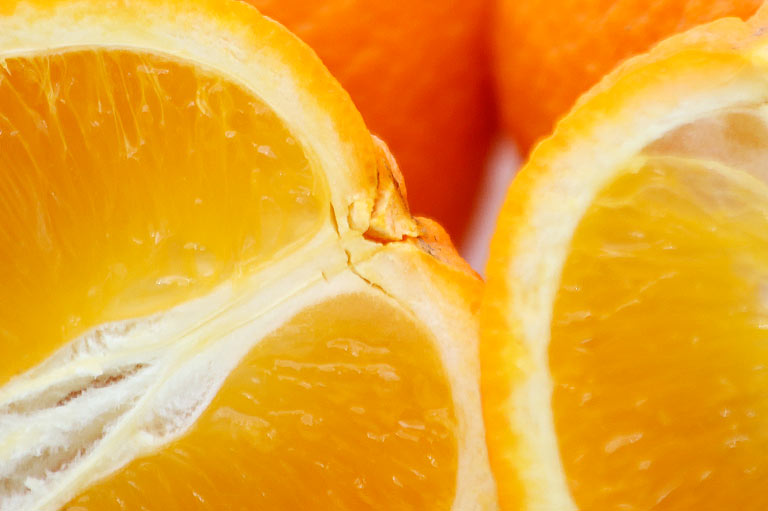March
As we leave winter the soil is getting warmer, plants are waking from their rest and day by day nature is preparing to bear fruit! Spring is near and before the temperature rises, asparagus, broccoli and Salustiana oranges arrive to bring the first delicious flavours of the year into your kitchen.
Come and celebrate the fruits of our land.
Green Asparagus
Available March – April
Asparagus likely originated in the eastern Mediterranean and Africa, first being recorded as a food around 5000 BC. It is a perennial plant that in the wild can grow up to 1.5 metres tall. Our growing season is from March to early May, when it can be farmed in the open air.
Green and white asparagus are the same vegetable, green asparagus being grown above ground where photosynthesis allows the plant to develop chlorophyll and its green colour, while white asparagus is ‘hilled’ as it grows upwards, keeping it out of the light.
Asparagus is high in vitamin K, folate and B vitamins, and low in calories. It can take time to prepare, but it is worth it for its unique flavour. Before peeling wash and dry, taking care not to damage the delicate tips, then cut away the toughest piece of stalk at the end. An easy way to find out where the tender part of asparagus begins is to bend it slightly; where it breaks will indicate where the more fibrous, woody section ends.
Broccoli
Available December – April
The word broccoli comes from the Italian brocco, which means “small nail” or “sprout”. A member of the cabbage family, it has its origins in the northern and eastern Mediterranean, with the Romans cultivating and improving early varieties. For best growing conditions it prefers warm rather than hot climates, with temperatures not exceeding 25°C.
Broccoli is renowned for its health benefits. It provides us with large amounts of vitamins C and K, along with B vitamins, beta-carotene and minerals like manganese. For the most nutritious results when cooking, look to steam it until bright green and with a slight crunch, rather than boiling.
And don’t discard the stalk! This part is also rich in nutrients and can be cut finely or ground to use as a filling in pies, savoury tarts or stuffed pasta like ravioli and tortellini.
Salustiana Orange
Available January – April
The Salustiana orange was first grown in the Valencia region, appearing in 1950 as mutation of the Comuna ‘blonde’ variety. It is a good juicing orange, with a sweet taste due to the low amount of limonin it contains, is bigger than average with a flatter shape and thinner skin, and is usually seedless (or contains very few seeds). The skin and pulp have a less intense colour than varieties like Navel, and it produces a large amount of juice.
The Salustiana is very sensitive to weather changes and especially the cold, where low temperatures can easily damage fruit. Harvesting of our crop begins in January, with the season ending around the beginning of April.
Health-wise, this variety of orange is known for containing a high amount of fibre and of vitamin A, vitamin C and antioxidants. Orange juice supports the control of high cholesterol levels and blood pressure, and helps to cleanse the liver and kidneys.
